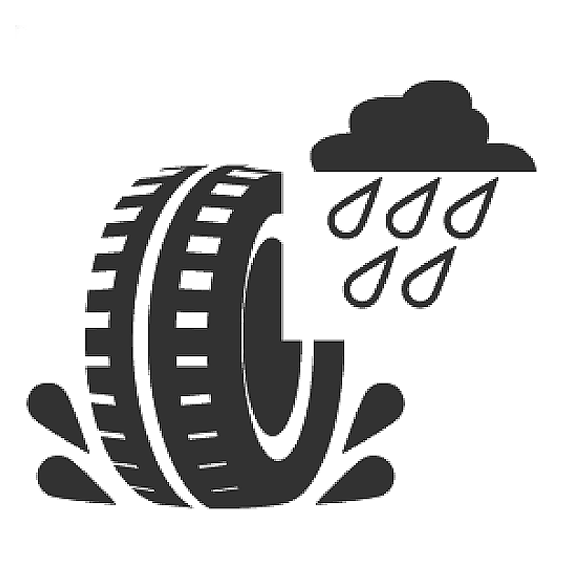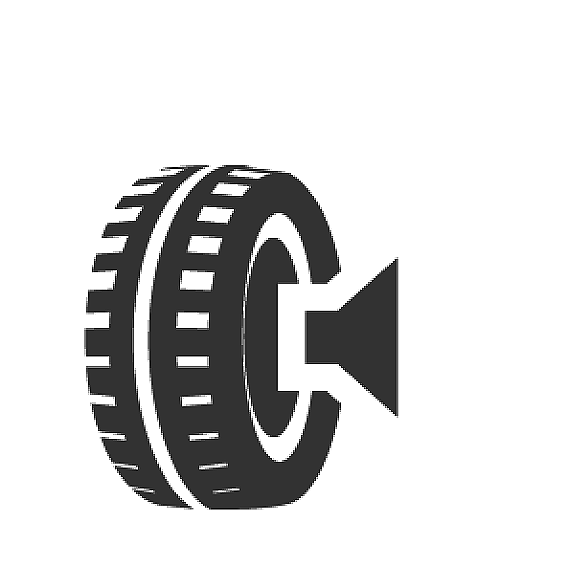EU tyre labelling
EU tyre labelling explained
EU tyre labels were introduced in 2012 and give independent ratings for three important areas of tyre performance. If you've not bought new tyres since the new labels came into effect here's the lowdown on what they mean.

Compare fuel efficiency
You might be familiar with this sliding scale from energy labels on fridges and freezers etc. Fuel efficiency is graded from A (most efficient) to G (least efficient). The difference between best and worst can be as much as 7.5% for cars.

Compare wet grip
This chart shows wet grip performance measured under strictly controlled conditions and rated from A (best) to G (worst). Essentially this measures how well the tyre brakes on wet roads. The difference between each grade will be one or two car lengths when braking at 50mph. Overall the difference between best and worst (A to G) will be around 30%.

Compare external noise
This diagram shows you a tyres's external noise level in decibels (dB). A single black 'sound wave' shows that the noise level is at least 3dB better than the future European mandatory limit, two 'sound waves' show that the tyre meets the future European mandatory limit and three 'sound waves' show the tyre only meets the current European noise limit. A decibel represents a big difference in noise levels.
With outstanding wet grip ratings and low noise scores, Davanti tyres regularly lead other performance brands in tyre testing
Newsletter
Sign up for our quarterly e-newsletter to keep up-to-date with the latest news.
Contact
Want to know more?
Get in touch: